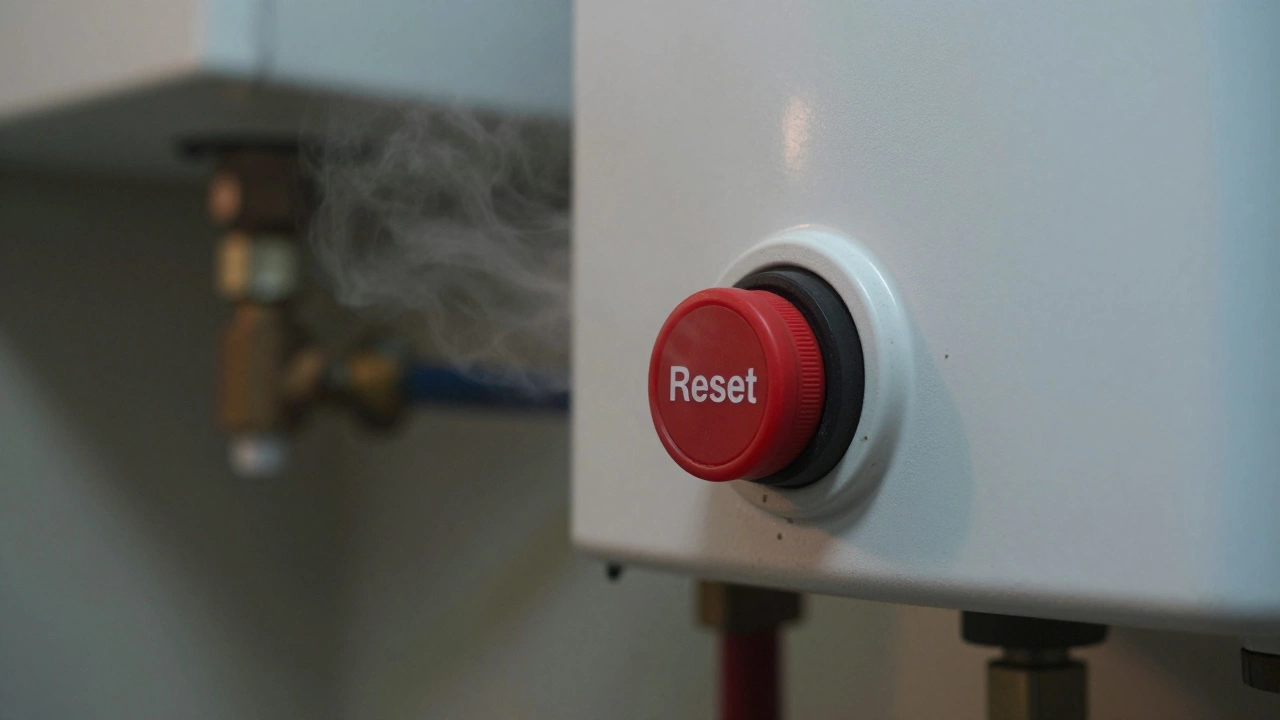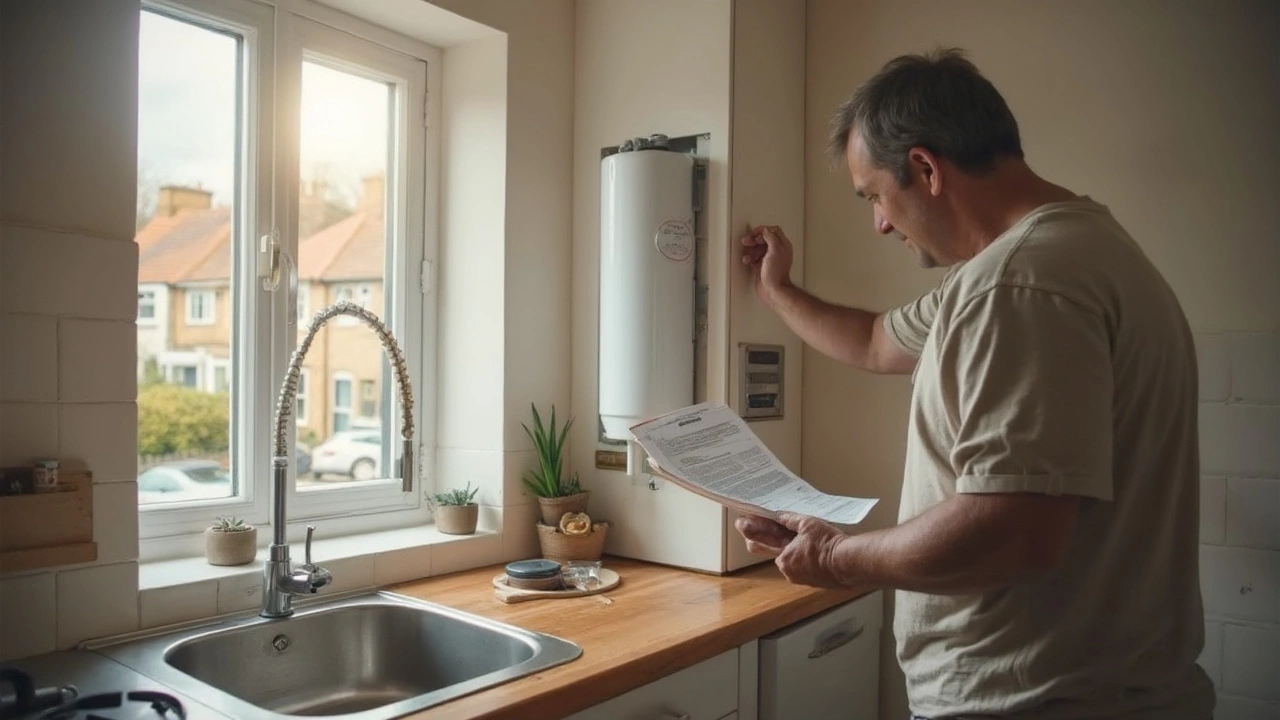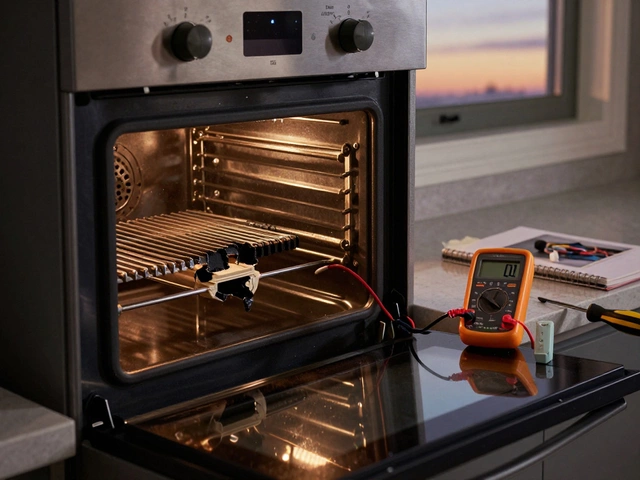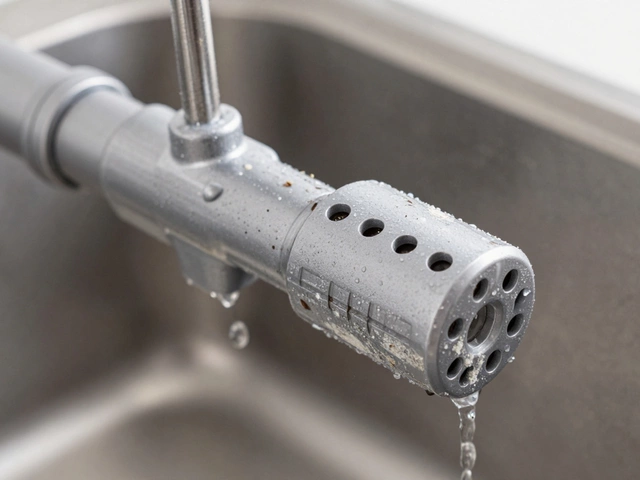Water Heater Safety: Tips, Checks, and Best Practices
When thinking about water heater safety, the set of practices that keep your hot‑water system safe and efficient. Also known as hot water system safety, it involves regular inspections, correct installation, and proper maintenance to prevent burns, leaks, or gas hazards. A well‑maintained water heater, a device that heats water for domestic use is the heart of that safety plan. Water heater safety encompasses routine visual checks, pressure‑relief valve testing, and flushing out sediment that can cause overheating. It also means understanding how the heater works with other home heating components, especially the boiler, the central unit that may supply hot water in many UK homes. When the boiler is poorly maintained, the water heater may receive inconsistent temperature, raising the risk of scalding or premature failure. This first set of actions creates a solid foundation for a safe hot‑water system.
Key Safety Areas to Check Regularly
Water heater safety requires a working temperature sensor and a correctly set thermostat. The sensor monitors the water’s heat level and signals the heating element to shut off when the desired temperature is reached. If the sensor drifts, the heater can overheat, leading to pressure spikes or even a burst tank. Testing the sensor involves measuring the outlet temperature with a calibrated thermometer and comparing it to the thermostat setting – a simple DIY step that catches problems before they become expensive repairs. Another critical piece is the pressure‑relief valve; it should open at the manufacturer‑specified pressure (usually around 150 psi). A stuck valve defeats a core safety mechanism, so a quick lift‑test during each annual check is essential.
Additionally, the overall health of the gas appliance, any household device that runs on natural gas or LPG directly influences water heater safety. A gas leak or incomplete combustion can produce carbon monoxide, which not only endangers occupants but can also corrode internal components of the water heater. Regularly schedule a certified Gas Safe engineer to inspect burners, flues, and gas connections. Their report will often include recommendations for venting improvements, which in turn protect the water heater from moisture‑related rust and ensure the hot‑water system runs efficiently.
Beyond the technical checks, habit‑based safety matters too. Never bypass safety devices to get hotter water faster; instead, adjust the thermostat gradually and let the system stabilize. Keep the area around the heater clear of combustible items – towels, cleaning chemicals, or stored boxes – because a stray spark can ignite a fire. Finally, maintain a log of every inspection, repair, and part replacement. This record helps you spot patterns, such as recurring sediment buildup, and gives technicians a clear history when they troubleshoot.
By following these practical steps, you’ll reduce the chance of scalds, leaks, and costly breakdowns. Below you’ll find a curated set of articles that dive deeper into each of these topics – from DIY temperature sensor tests to professional boiler service guidelines – giving you the knowledge you need to keep your hot‑water system running safely year after year.
Pressing the reset button on your water heater once is usually safe, but doing it repeatedly can be dangerous. Learn why it trips, what to do instead, and when to call a professional.
Resetting your water heater might seem like a quick fix, but is it actually safe? This article gets straight to the point, breaking down what resetting does, when it's okay, and when it's actually a red flag. You’ll discover common causes that trip the reset button, practical tips for troubleshooting, and the signs you should call in a pro. Learn what safe DIY steps you can take and how to avoid bigger problems or hazards. No complicated talk—just clear advice you can actually use.



